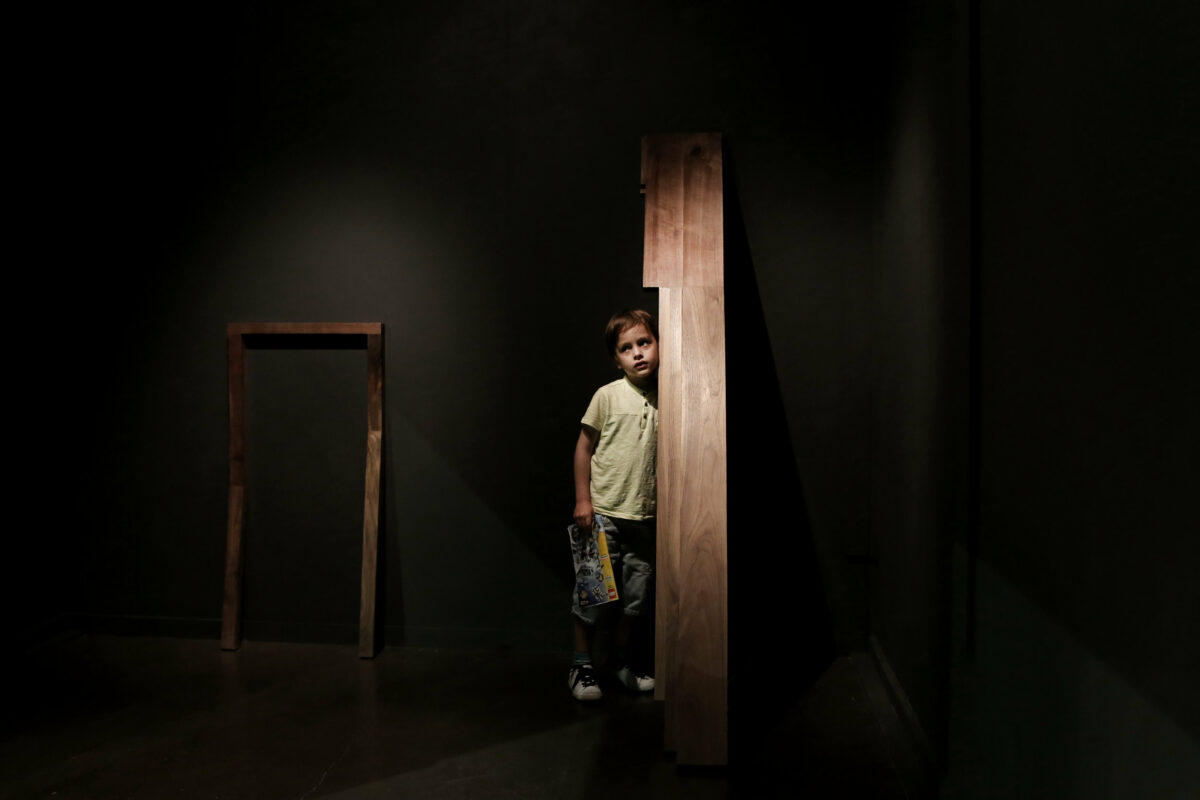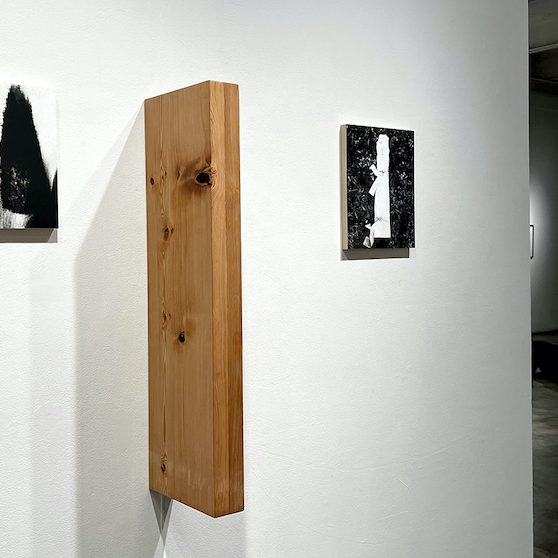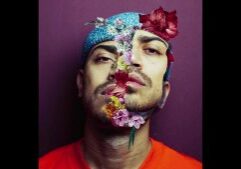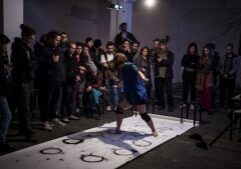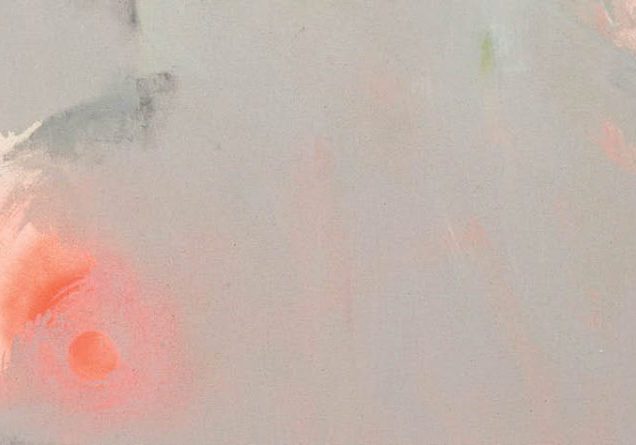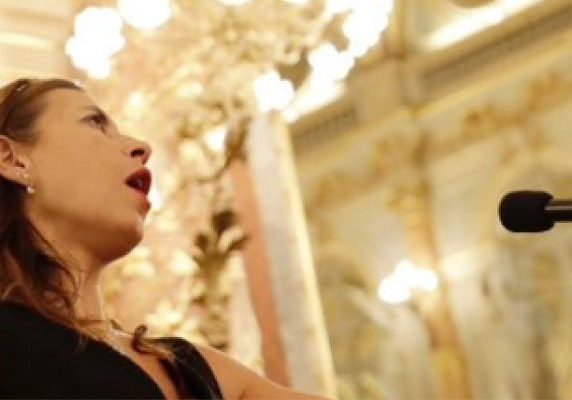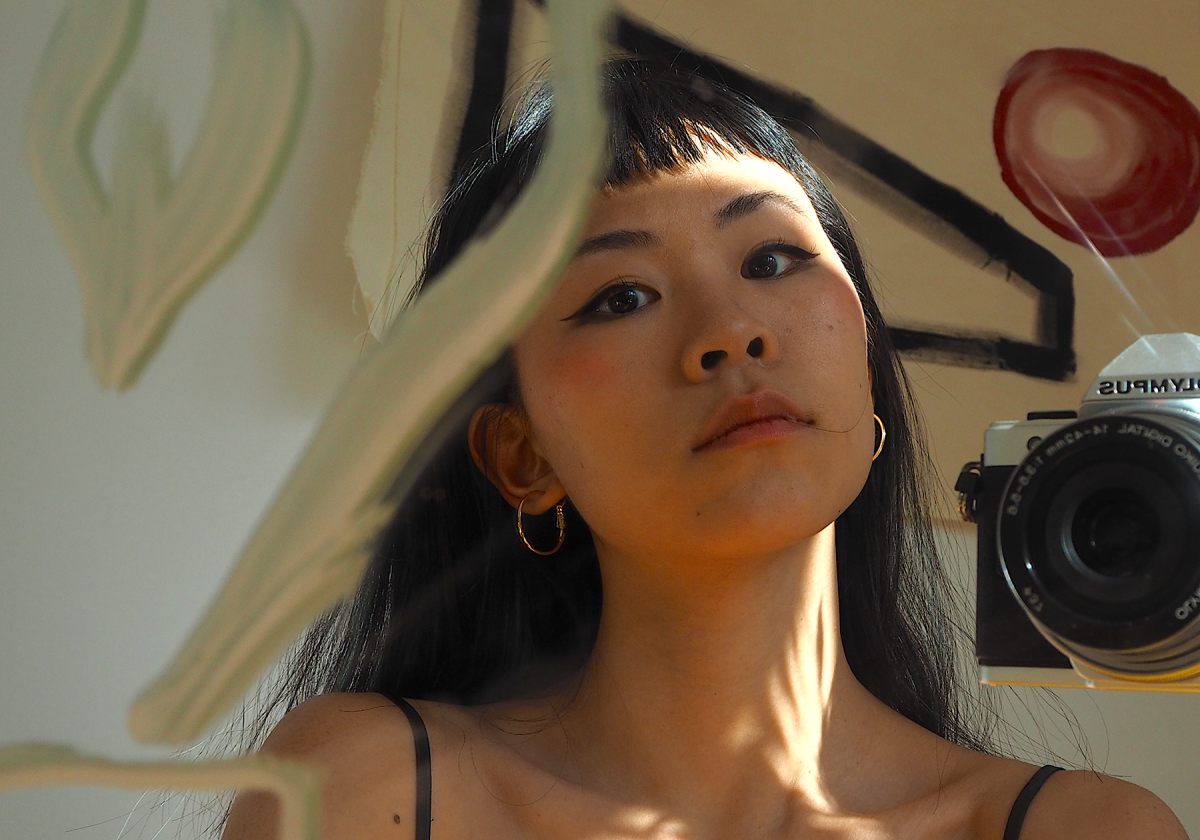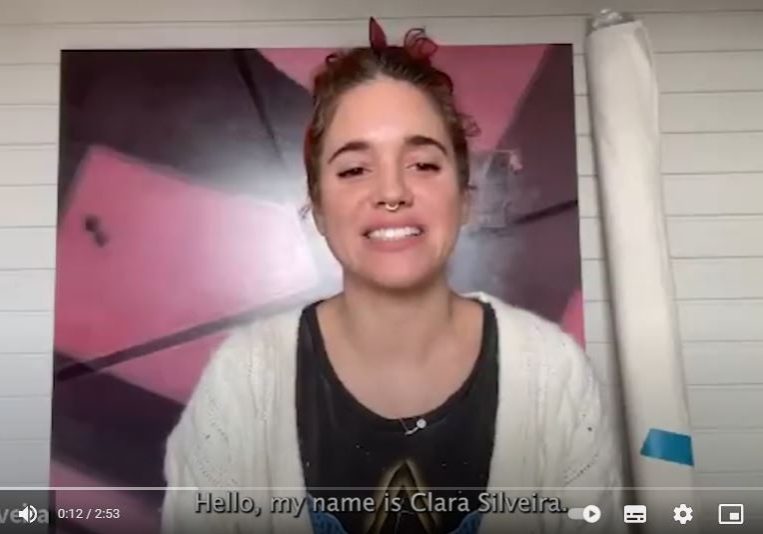Meet the on-line Artist // Rosa Park
Rosa Park is a media artist, sound designer, and educator whose research interest is centered on the study of psychoacoustics, algorithmic composition for experimental film & video, acousmatic music, sonification, digital fabrication, sound sculptures, custom-made musical instruments, and the physicality of sound.
Through her project at GlogauAIR titled Sound of Land, she experiment with the properties of inaudible sounds propagated through the ground to amplify distinctive forms of geographical data of spaces, places, and environments.
Can you briefly introduce yourself and share a bit about your background as a sound artist?
My name is Rosa Park. I am a sound designer and media artist whose research interest is centered on the study of the physicality of sound, sonification, algorithmic music, and expanded cinema with an emphasis on diasporic identity and memory. As a multidisciplinary researcher and practitioner, I work in a variety of media, including electronic music, film, sculpture, performance, and immersive installation. Through my practice, I strive to extend the range of artistic forms and possibilities by experimenting with non-traditional materials, mediums, and sites where sound and image are experienced in the heightened senses.
What initially sparked your interest in sound art, and how did you begin your journey in this field?
I became interested in sound art when I met my mentor Shawn Greenlee at Rhode Island School of Design. I took his class Programming Sound: Performance Systems in 2015, which focuses on programming and designing computer-based systems for sound art and music performance. I was fascinated by the potential of sound as a medium of tangible vibrations that can stimulate the audience’s visual imagination. Since then, I have developed various types of sound work, as mentioned above.
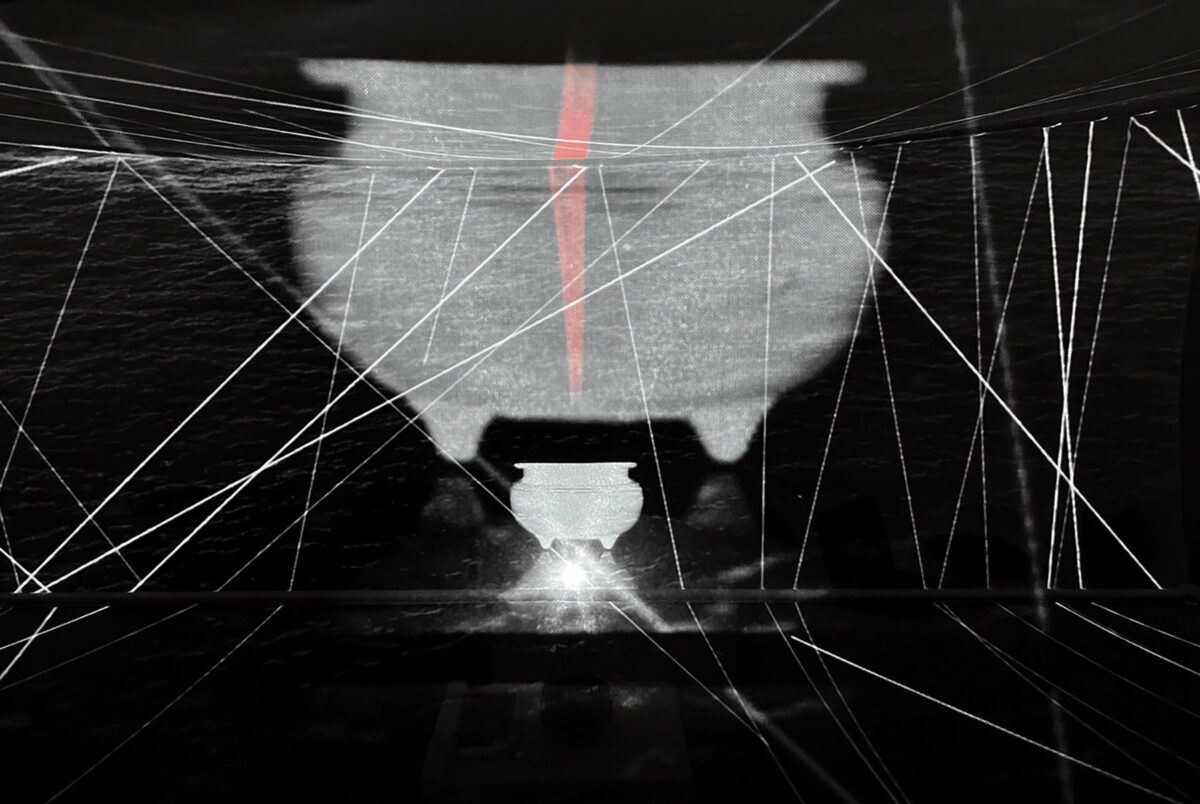
Are there any particular tools or equipment that are essential to your artistic practice? Could you describe them briefly?
For my sound composition, I mainly use the dataflow programming language called Pure Data and various DAWs (Digital Audio Workstations), such as Ableton Live and Adobe Audition CC. Physical computing is an integral part of my work, too; I use small electronic sensors to build my own digital music instruments for sound performance.
How do you typically source or record sounds for your projects? Do you have any significant locations or strategies?
John Cage, a pioneer of avant-garde compositions, has profoundly influenced my creative practice. Cage’s innovative ideas about silence, noise, and indeterminacy in the compositional process opened my mind to the importance of attentive listening. I always pay attention to my surroundings, trying to listen to sounds more deliberately. For instance, I open a window and find something interesting, then I would grab my microphone and head out to record. No specific locations that I go to specifically, but I enjoy visiting places that make their own distinctive ambiance on their own.
You’ve mentioned that you are motivated to make the inaudible audible and the invisible (sound) visible, How do you see the relationship between sound art and other art forms, such as visual arts or performance?
I think sound art has broadened the scope of artistic possibilities in all art forms. Many artists from a variety of backgrounds, such as painting, sculpture, music, theater, and architecture, saw the potential of sound and the capacity to constitute new modes of presentation of mediums. I believe sound is a medium that translates the invisible energy force of the unseen to the seen through its conductor (i.e., we can see sound waves through water). And this conductivity of sound in different mediums (wood, metal, glass, etc.) has been a source of inspiration for many visual artists, allowing them to explore the complexities of the multi-modal sensing and perceptions of the medium.
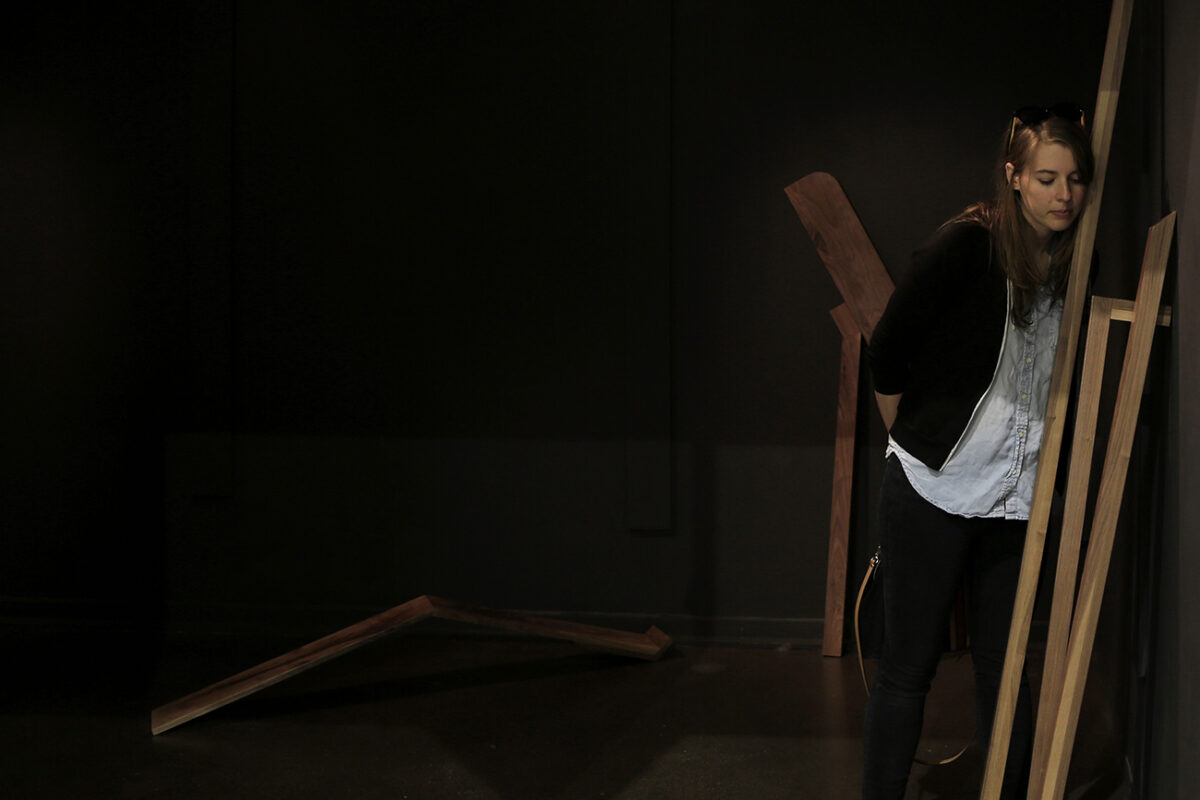
Could you tell us about your current project? What is the concept or theme behind it?
My project, “Sound of Land: A Body I Touched,” is a hybrid form of audio-visual installation that combines the soundscape of a gravesite with aural sculpture, photography, and live performance. I am currently working on a prototype of photography, experimenting with the Photopolymer Gravure printing techniques for hand-crafted image expression. I took an ecological approach to the composition of soundscape for the project and have been documenting a traditional gravesite and the process of exhumation ceremony in my hometown, the city of Gumi in Gyeongsangbuk-do, South Korea. I have collected the audio, photographs, videos, and archival materials from my family graveyard to turn them into the sculptural form of installation. I am looking to identify the acoustic features of the burial ground and its surroundings and am planning to record more sounds from both the surface and underground of the site using an omnidirectional Geophone, which is initially designed for seismic measurements.
What inspired you to embark on this particular project? Is there a personal connection or motivation driving it?
Traditional gravesites in rural regions in Korea have been sacred places where shamanic traditions and customs, such as death rituals and geomantic practices, known as Pungsu-jiri, are performed for the deceased. In recent years, these culturally invaluable places have rapidly diminished due to urbanization, resulting in the loss of individual/collective memory and ancestral knowledge built up over hundreds of years. I critically acknowledge the spiritual values of these sites and intend to maintain cultural continuity by drawing attention to the sounds that emanate from the landscape and translating them into a new form of art.

